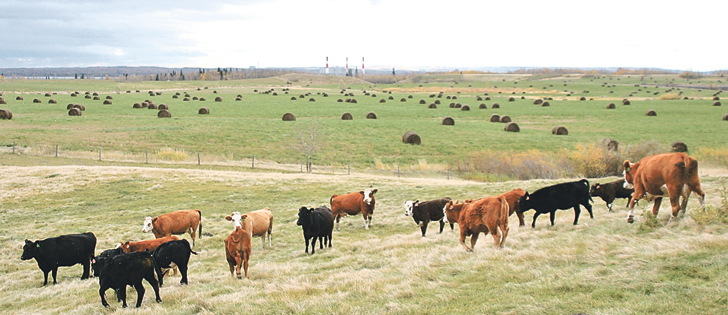Cattle producers are an independent bunch who pride themselves on self-reliance, but many of them would like to be less alone when it comes to risk.
The good news is that they have decent hedging options today. The bad news is that today’s market conditions are the exact sort of situation that can cause farmers to hold back from hedging.
“A lot of guys have been hesitant to do anything,” P.I. Financial’s Adam Pukalo told me the other day.
“Guys are watching the futures go up.”
Read Also

Critical growing season is ahead for soybeans
What the weather turns out to be in the United States is going to have a significant impact on Canadian producers’ prices
Indeed, Chicago futures have been on fire, and there’s lots of bullishness out there. When I brought up a Chicago feeder cattle chart early April 17 on barchart.com, the “technical opinion” was “100 percent buy,” with both short-term and long-term trends seen to be strong.
That’s something that discourages some producers from locking in or protecting forward prices. They hate the idea that prices could keep rising and leave them looking at hedging “losses,” either on a futures position or in “lost” premiums on insurance or put options.
(Not having to trigger a bought insurance policy, not gaining from a futures position or not triggering a put isn’t actually a loss because they come into play only if the market goes bad, but many don’t look at it that way.)
If the rally reverses, some farmers are more likely to lock in something, fearing to lose the recent gains, but if the rally continues into May, it’s possible few will bother to hedge.
After all, there’s a lot of farm work to be done in May, rising markets can create complacency and hedging is still an anxiety-inducing process for farmers who have never done it.
However, for those who will consider protecting some prices, time will soon be of the essence. There is a May 31 deadline for the Western Cattle Price Insurance Program’s calf program, so one significant western Canadian customized program will be off the table after that date.
Now is probably a good time to think not just about livestock insurance but also how that compares to put options and futures hedging.
Puts are insurance-like products, so they’re pretty easy to compare to straight insurance. They also come with a premium and have specifications that are meant to reflect the market.
However, they have a lot of differences to true insurance, so examining both insurance and puts is worthwhile for any commodity producer, and that applies to cow-calf people.
Pukalo has been talking to his clients about puts versus insurance, and he’s hoping some will consider buying puts this year. He’s hoping farmers scared of paying an insurance premium and then “losing” it will favour puts because they can be sold later to recoup some of the original premium.
In a rising market, that can help give the comfort some need to get off the sidelines and protect future prices.
Regardless of the tool — insurance, options, futures or forward sales — it’s a good time for cattle producers to take a look at their hedging options because one of them will be around for only a few more weeks.


















